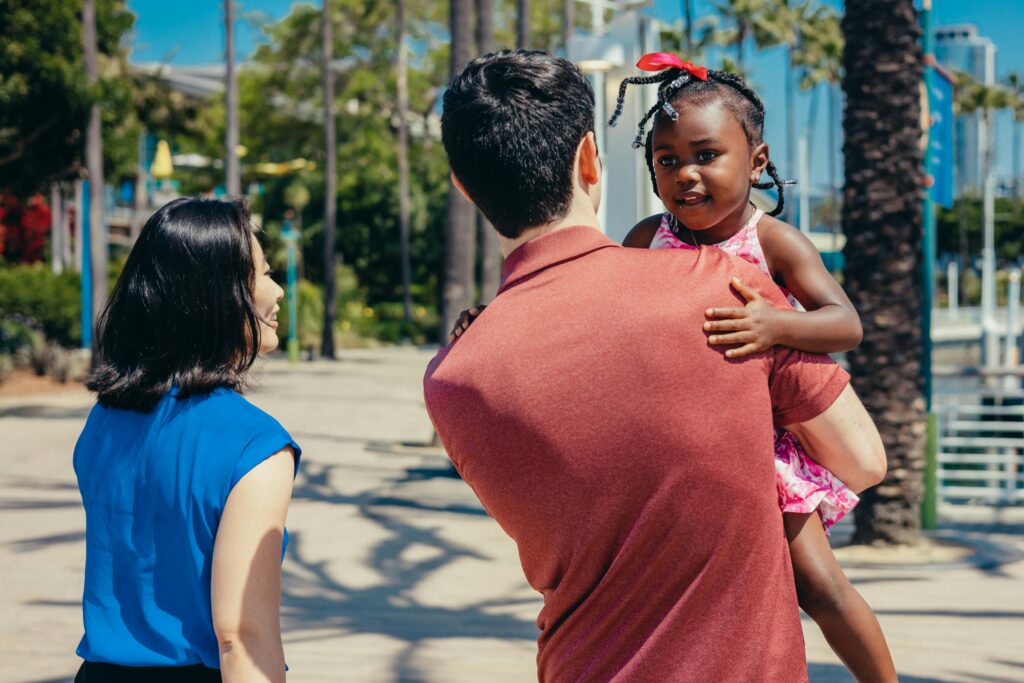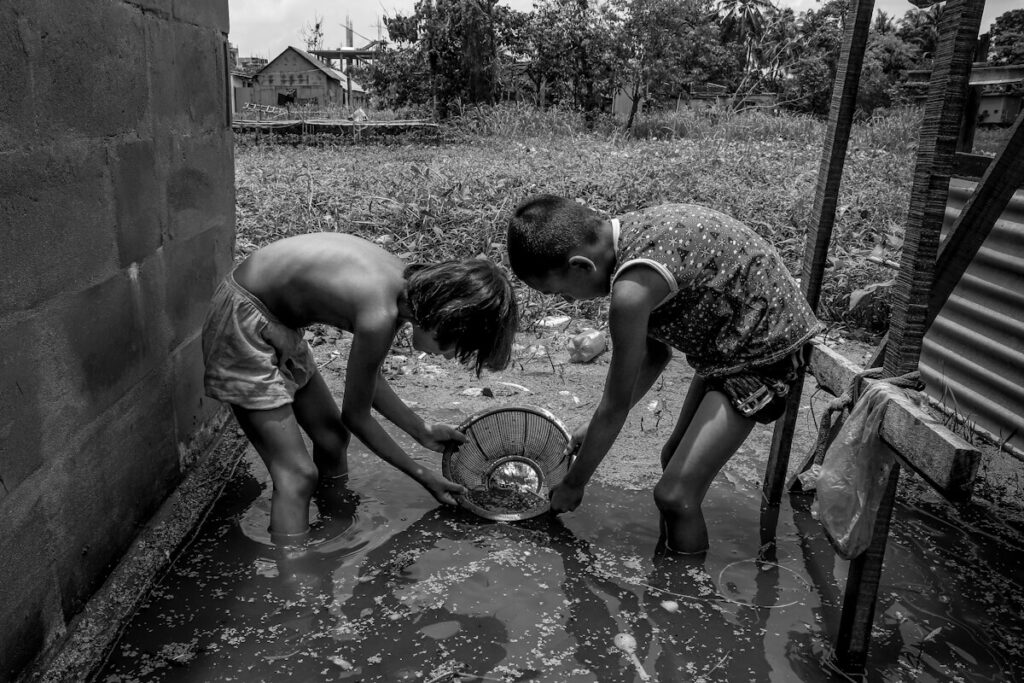The protection of children’s rights is a fundamental global priority, ensuring every child has access to education, healthcare, and protection from abuse. The UN Convention on the Rights of the Child (UNCRC), adopted in 1989, is the most comprehensive framework for safeguarding children’s well-being. Understanding this international treaty is essential for governments, organizations, and individuals committed to child protection and advocacy.
What is the UN Convention on the Rights of the Child?
The UNCRC is a legally binding treaty that outlines the civil, political, economic, social, and cultural rights of children. It has been ratified by 196 countries, making it the most widely accepted human rights treaty in history. The convention sets out four core principles:
- Non-discrimination – Every child has equal rights regardless of race, gender, religion, or background.
- Best interests of the child – Decisions affecting children must prioritize their well-being.
- Right to life, survival, and development – Every child has the right to grow in a safe and nurturing environment.
- Participation – Children have the right to express their views and be heard in matters affecting them.
To explore the full details of the convention, visit the UNICEF page on the UNCRC.
Key Rights Under the UNCRC
The convention includes 54 articles that detail various child rights. Some of the most crucial rights include:
- Right to education (Article 28) – Ensuring free and accessible primary education for all children. Read more at UNESCO’s education initiatives.
- Right to protection from violence and abuse (Article 19) – Governments must take legislative, social, and educational measures to protect children from harm. Learn about child protection policies at Save the Children.
- Right to healthcare (Article 24) – Children have access to the highest possible standard of health. Visit World Health Organization’s (WHO) child health page for more insights.
- Right to a family life (Article 9) – Children should not be separated from their parents unless it is in their best interests.
Challenges in Implementing Children’s Rights
Despite the UNCRC’s widespread ratification, millions of children still face challenges in exercising their rights. Some key obstacles include:
- Child labor – Many children worldwide are forced into labor, depriving them of education and a normal childhood. Learn more at International Labour Organization (ILO).
- Lack of access to education – In many developing countries, poverty and inadequate resources prevent children from attending school.
- Conflict and displacement – War and political instability force millions of children into refugee situations, making them vulnerable to exploitation.
- Online child exploitation – The rise of digital platforms has increased the risks of cyberbullying, trafficking, and abuse.
How Can We Strengthen Child Protection?
Governments, organizations, and individuals can take action to uphold the principles of the UNCRC. Here are some ways:
- Strengthening laws and policies – Governments must ensure strict enforcement of child protection laws.
- Increasing awareness – Educating communities about children’s rights helps prevent violations.
- Providing support services – NGOs and welfare groups should offer shelters, counseling, and educational programs for at-risk children.
- Encouraging child participation – Children should be included in decision-making processes that impact their future.
The UN Convention on the Rights of the Child is a powerful tool for ensuring every child enjoys a safe, healthy, and fulfilling life. While progress has been made, ongoing efforts are necessary to address persistent challenges. By advocating for child protection and supporting policies that uphold children’s rights, we can build a better future for generations to come.






